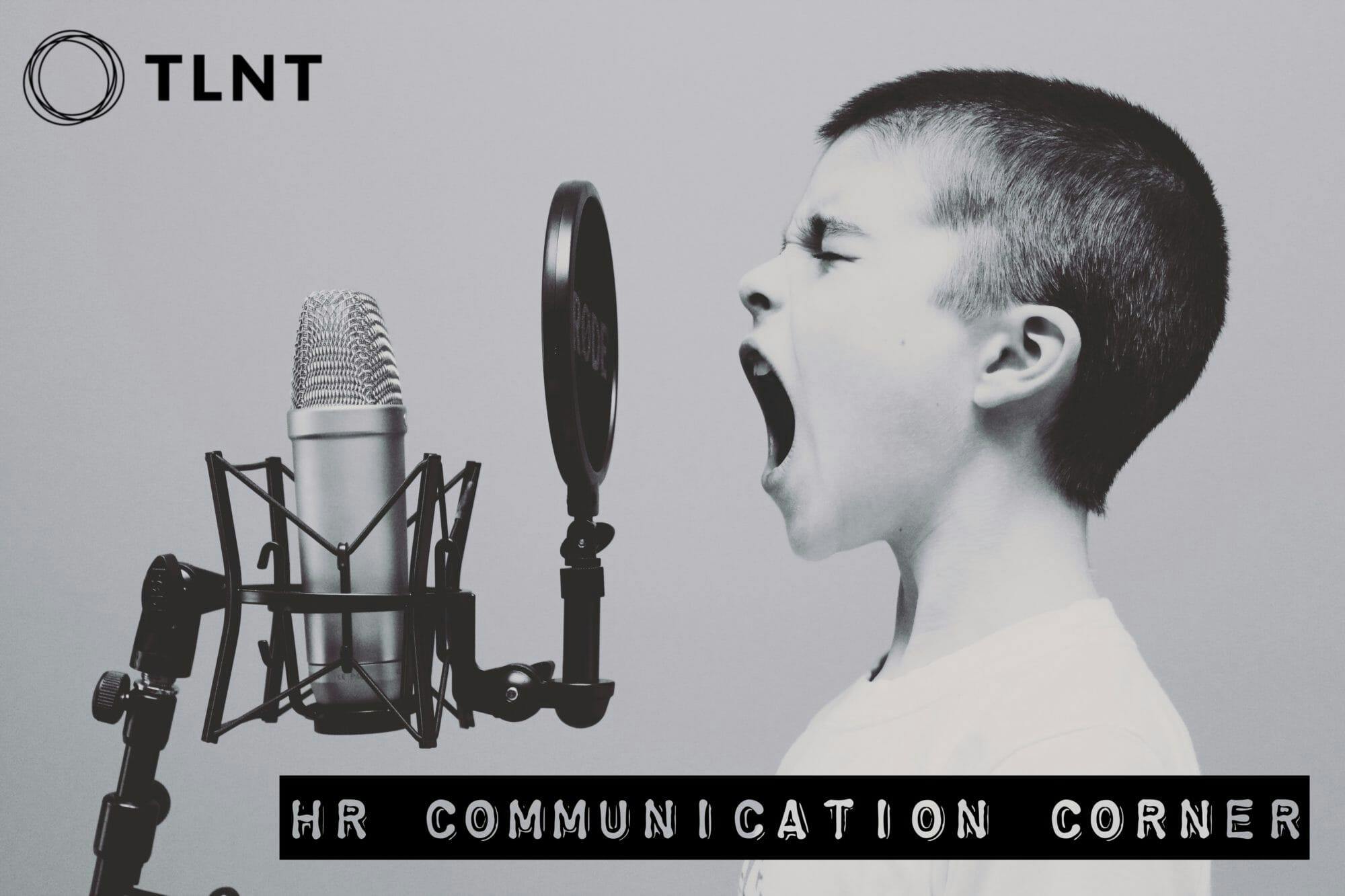At a SHRM mega-session years ago while speaking on the topic of executive presence, I included an audience demonstration about the body language aspect of presence. A little nervous because I’d not tried the experiment previously, I asked two volunteers to join me on stage to demonstrate a few principles of personal presence. What if nobody volunteered before such a large crowd? What if the volunteers were so timid that I couldn’t help them? What if they were already so strong that I couldn’t think of anything to increase their impact?
The first volunteer steps up on the stage, takes the handheld microphone, introduces herself, and gives an overview of a key project she’s working on. After 30 seconds, I call out, “Stop!” Then I pull her aside privately for 60 seconds and give her a couple of tips. She returns to centerstage and repeats her project overview.
After the before-and-after demonstration, I ask people in the audience to go to the microphones in the aisles and call out the differences noted in the speaker’s impact. “More confident.” “More engaging.” “More commanding.” “More authoritative.” “More credible.”
All adjectives I expect, so I’m pleased. Yet I had used none of those words in coaching her. So I interview her after her demo: “Did I tell you to be or do any of that?”
“No!” she chuckles, obviously pleased with her performance and feedback.
Pressing my luck, I ask for a second volunteer. Four or five people raise their hands, and I select someone to join me on stage. As soon as he starts down the aisle toward me, I panic. His gait is halting, and he looks stiff. Uh-ooooh, I’m in trouble. When he takes the microphone for the “before” part of the demo, his voice sounds like that of a 12-year-old’s. Again, 30 seconds into it, I yell, “Stop.” Same routine — 60 seconds of coaching tips.
He does version two. The crowd goes wild with applause and whistling. It’s like he turns into a rock star. He keeps performing, looking up toward those in the balcony and playing to the crowd.
“Plant.” “Plant!” “He’s a plant!” several people shout.
It took me a couple of seconds to figure out what several in the crowd were chanting. The change was so miraculous that they thought I had planted that volunteer in the group and that he was playacting his transformation. When I finally retrieved the handheld mic from him, both he and I assured the crowd that this was the first time we’d met. We finished the experiment, and I thanked both volunteers and wrapped up my session.
Afterward, the volunteers waited until the crowd around the stage dispersed, and then they thanked me again. Both volunteers reported to me that several people from the audience had come up to them after the program to ask privately once again for their assurance that they were not “plants” and that the changes they’d made on stage were really just a result of doing only two or three physical things I’d coached them to do in the 60-second private “coaching” on stage.
The response to that demonstration was so dramatic that I began to include a demo in every talk on the topic of executive presence and personal credibility. In other words, I finally convinced myself that the body language aspect of executive presence can be learned easily and quickly.
Consider the Polling Results
In decades of polling audiences about skills, traits, attitudes, and habits that contribute to someone’s executive presence, all the characteristics they mention fall into one of these four buckets:
- How you look (body language)
- How you talk (vocal qualities, word choices, and speaking patterns)
- How you think (how you express yourself clearly and persuasively under pressure)
- How you act (character traits, values, skills, and general competence)
Six Secrets to Transform Your Personal Presence
By the time people reach adulthood, character, values, and competence typically are well-established, so generally all they need to address is the “body language” and communication concepts. More specifically, here are the quick tips I gave (and continue to give) those volunteers for a quick transformation:
- Stand up as tall as possible — as if you’re pushing your head through the ceiling.
- Relax with that “tall” posture; don’t be rigid.
- Stop the jerky gestures. Use your hands with purpose.
- Gesture from the shoulder, not the elbow or wrist.
- Select three or four people in the group, and pretend you’re having a conversation with them. (The rest of the audience will also feel connected and included.)
- Slow your speech. Talking too fast conveys nervousness.
That’s it. Employing these few body language secrets will make a dramatic difference in creating an impression of confident competence.
